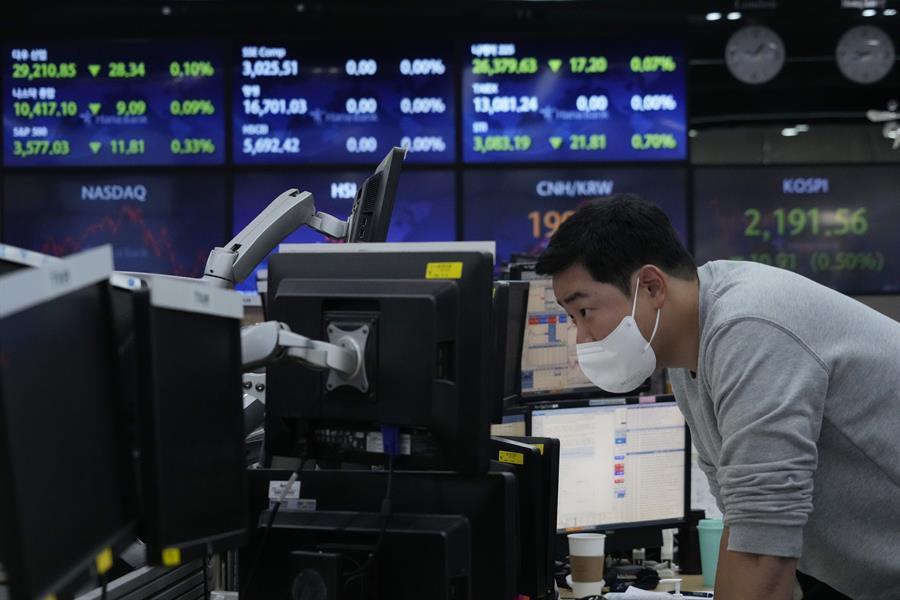US inflation to pressure Fed to keep raising rates
WASHINGTON

Inflation in the United States accelerated in September, with the cost of housing and other necessities intensifying pressure on households, wiping out pay gains and ensuring that the Federal Reserve will keep raising interest rates aggressively.
Consumer prices, excluding volatile food and energy costs, jumped 6.6 percent in September from a year ago, the fastest such pace in four decades. And on a month-to-month basis, such “core” prices soared 0.6 percent for a second straight time, defying expectations for a slowdown and signaling that the Fed’s multiple rate hikes have yet to ease inflation pressures. Core prices typically provide a clearer picture of underlying price trends.
Overall prices rose 8.2 percent in September compared with a year earlier, down slightly from August, the government said Thursday in its monthly inflation report. But from August to September, prices increased 0.4 percent, faster than the July-to-August increase. Though cheaper gas helped slow the broadest measure of inflation, costlier food, medical care and housing pointed to the breadth of price pressures across the economy.
“We still have no evidence that inflation is decelerating,” said Matthew Luzzetti, an economist at Deutsche Bank. “Let alone the clear and convincing evidence that the Fed is looking for.”
Oct. 13’s report represents the final U.S. inflation figures before the Nov. 8 midterm elections after a campaign season in which spiking prices have fueled public anxiety, with many Republicans casting blame on President Joe Biden and congressional Democrats.
Speaking on Oct. 13 in Los Angeles, Biden acknowledged the pain that inflation is causing many people, while suggesting that the latest figures showed “some progress.”
“Americans are squeezed by the cost of living,” the president said. “It’s been true for years, and folks don’t need to read a report to tell them they’re being squeezed. Fighting this battle every day is a key reason why I ran for president.”
Even with widespread price spikes, the September data showed that the prices for many physical goods, including clothing, used cars, furniture, and appliances, dropped last month. A key factor is that supply chain snarls have eased, and many large retailers such as WalMart and Target have discounted some items to clear excess stockpiles.
Yet the price drops were not as steep as many economists expected, and they were more than offset by sharp increases in services prices, including healthcare, auto repair and housing.
“The primary driver of inflation has rotated away from goods prices and to services,” said Eric Winograd, U.S. economist at AB. “Services inflation is heavily influenced by wages, and so it is going to take a meaningful weakening of the labor market to bring inflation to heel.”
The September inflation numbers essentially guarantee that the Fed will raise its key short-term rate by three-quarters of a point for a fourth straight time when it next meets in early November. The Fed has already raised its key short-term rate by 3 percentage points since March, the fastest pace of hikes since the early 1980s. Those increases are intended to raise borrowing costs for mortgages, auto loans and business loans and cool inflation by slowing the economy.
















